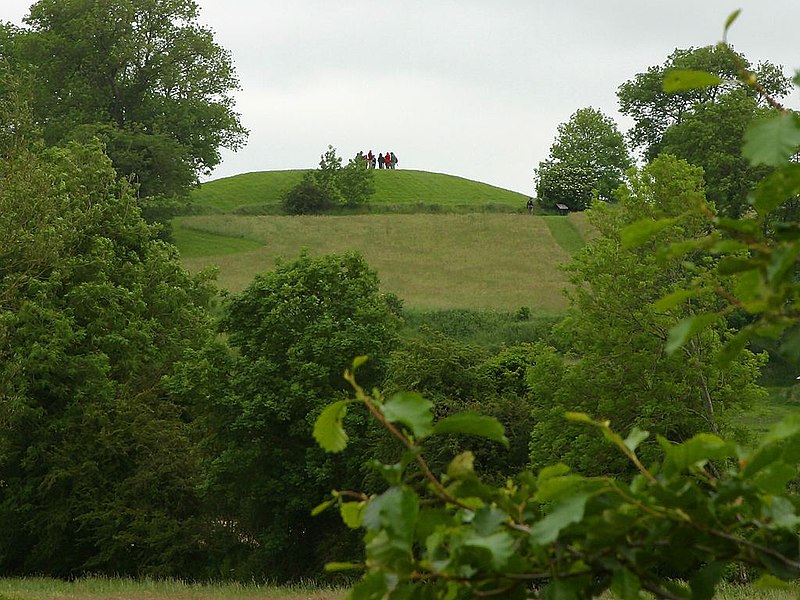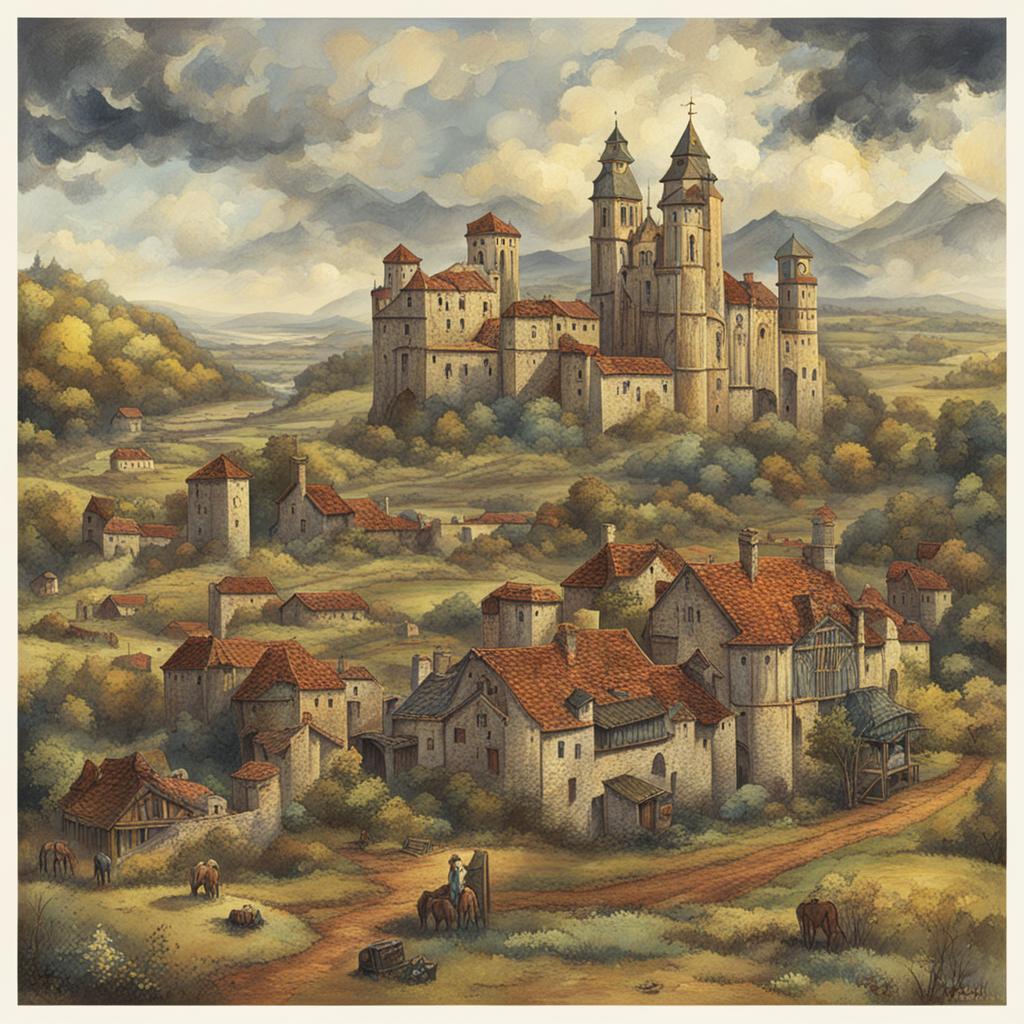 Heritage and Geographical Sites
Heritage and Geographical Sites
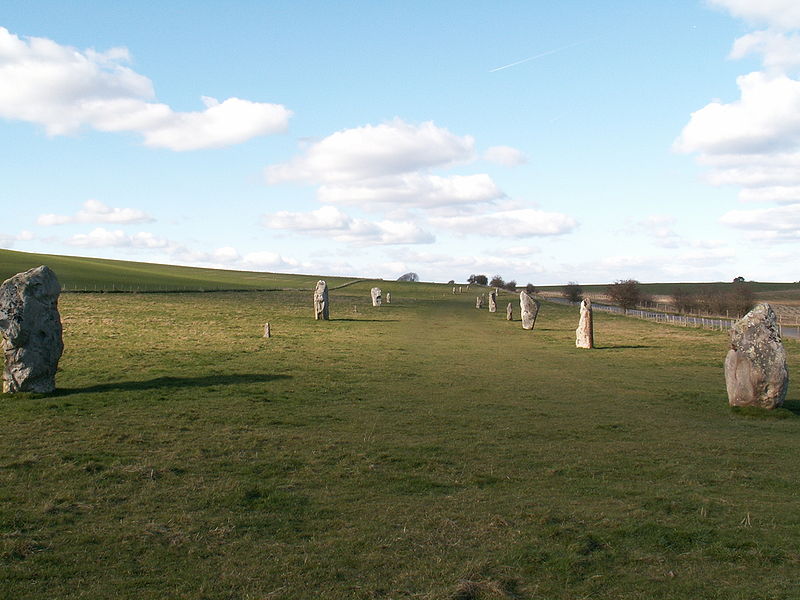
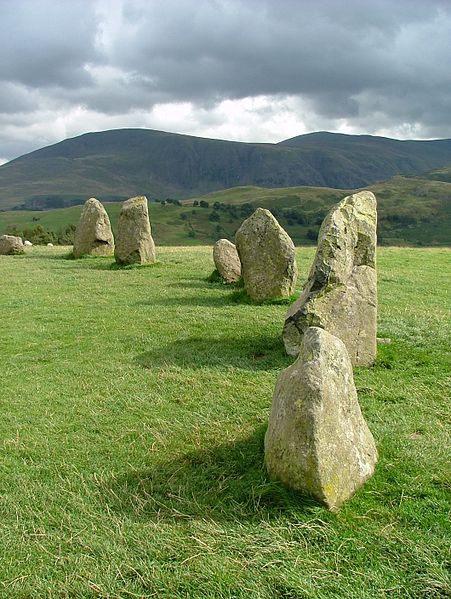
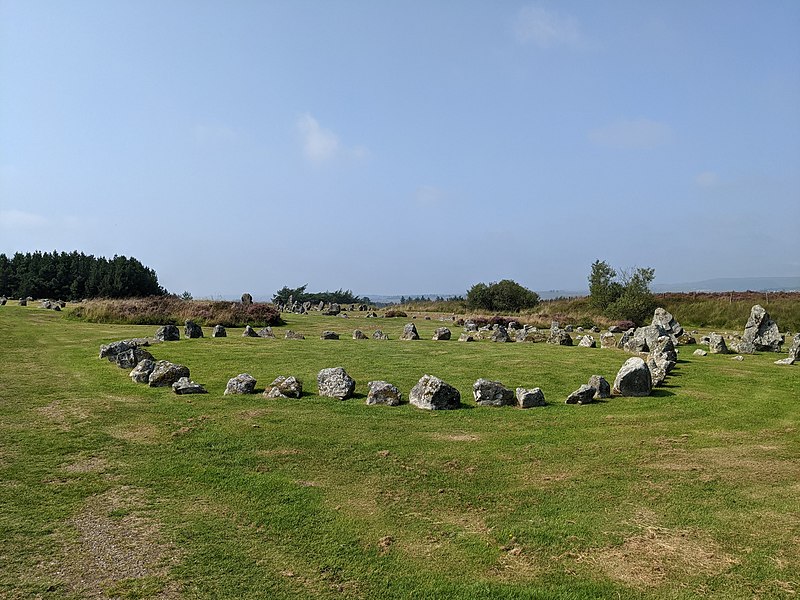
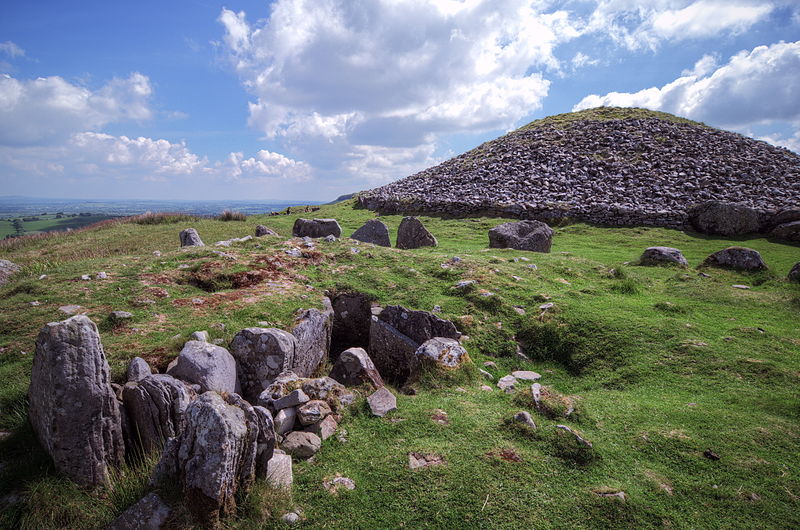
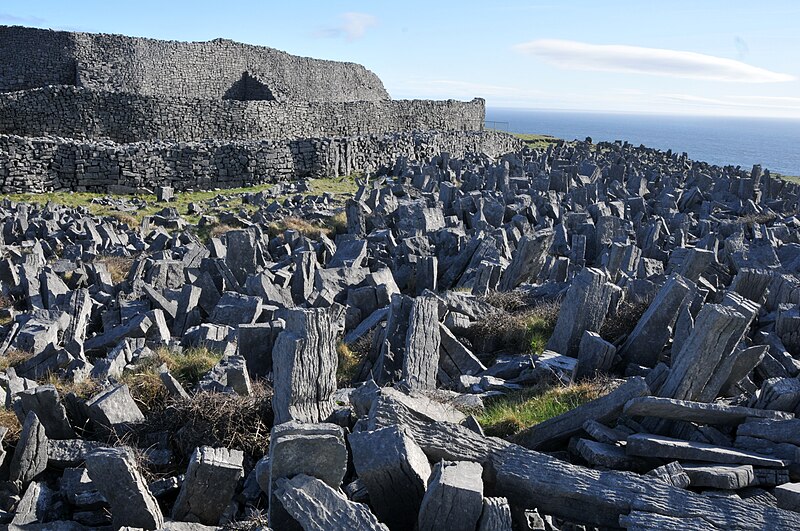
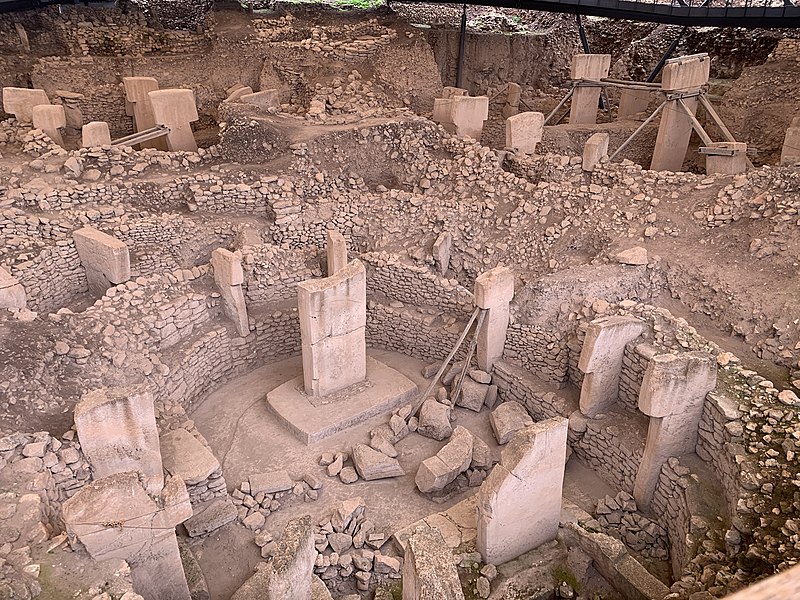
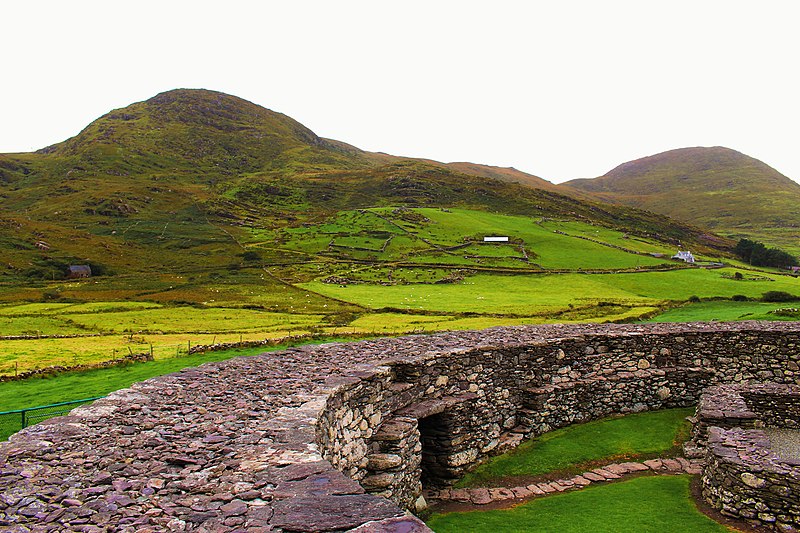
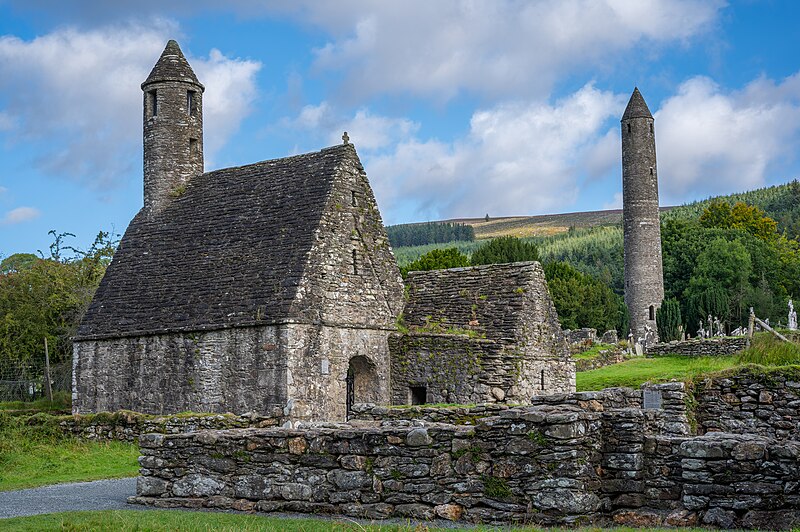
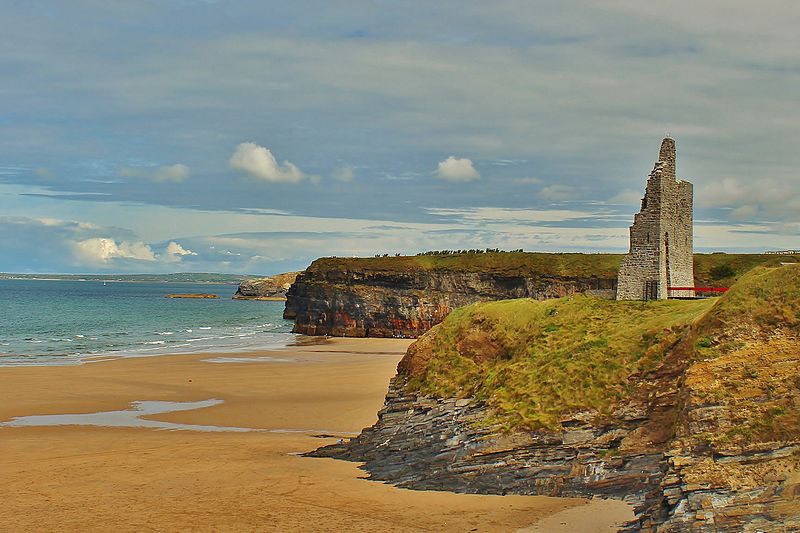
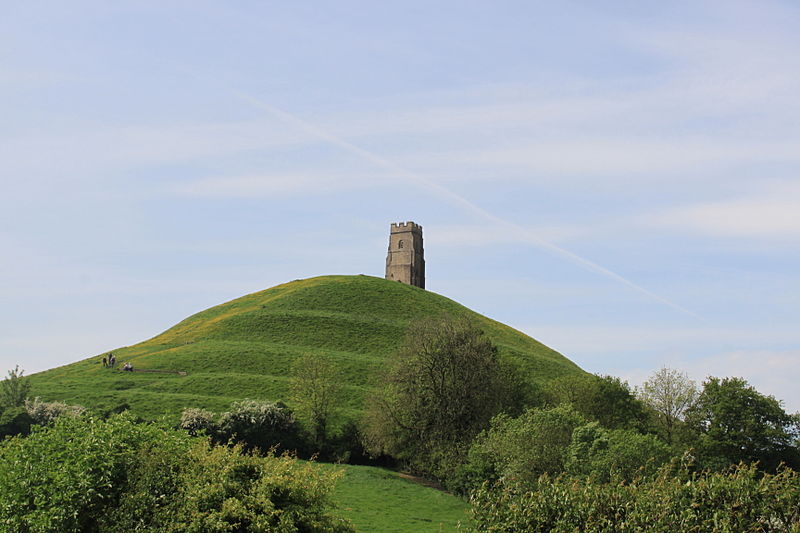
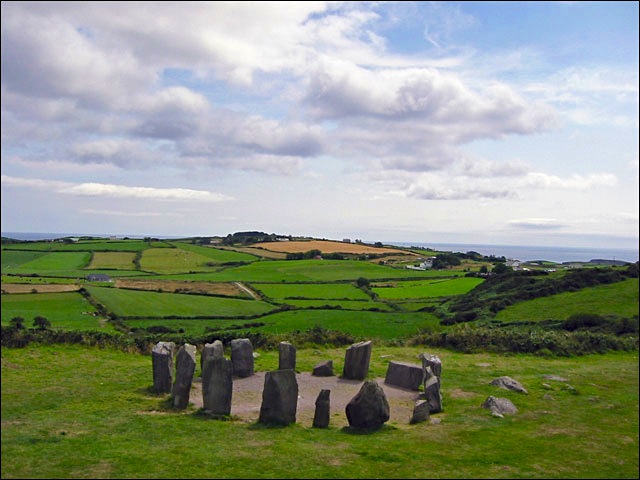
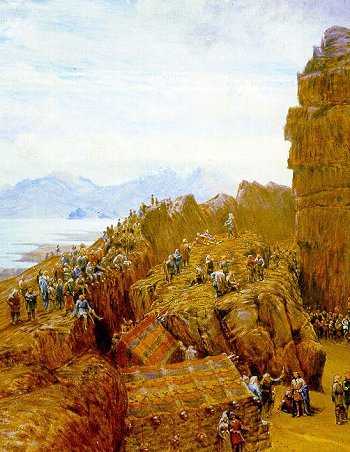
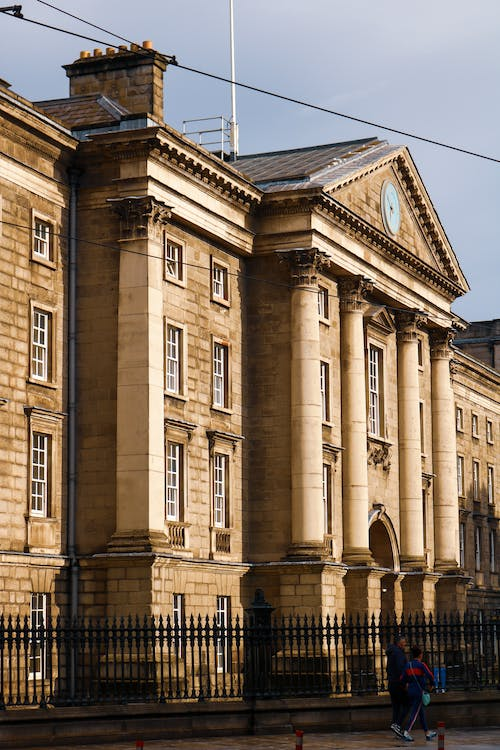
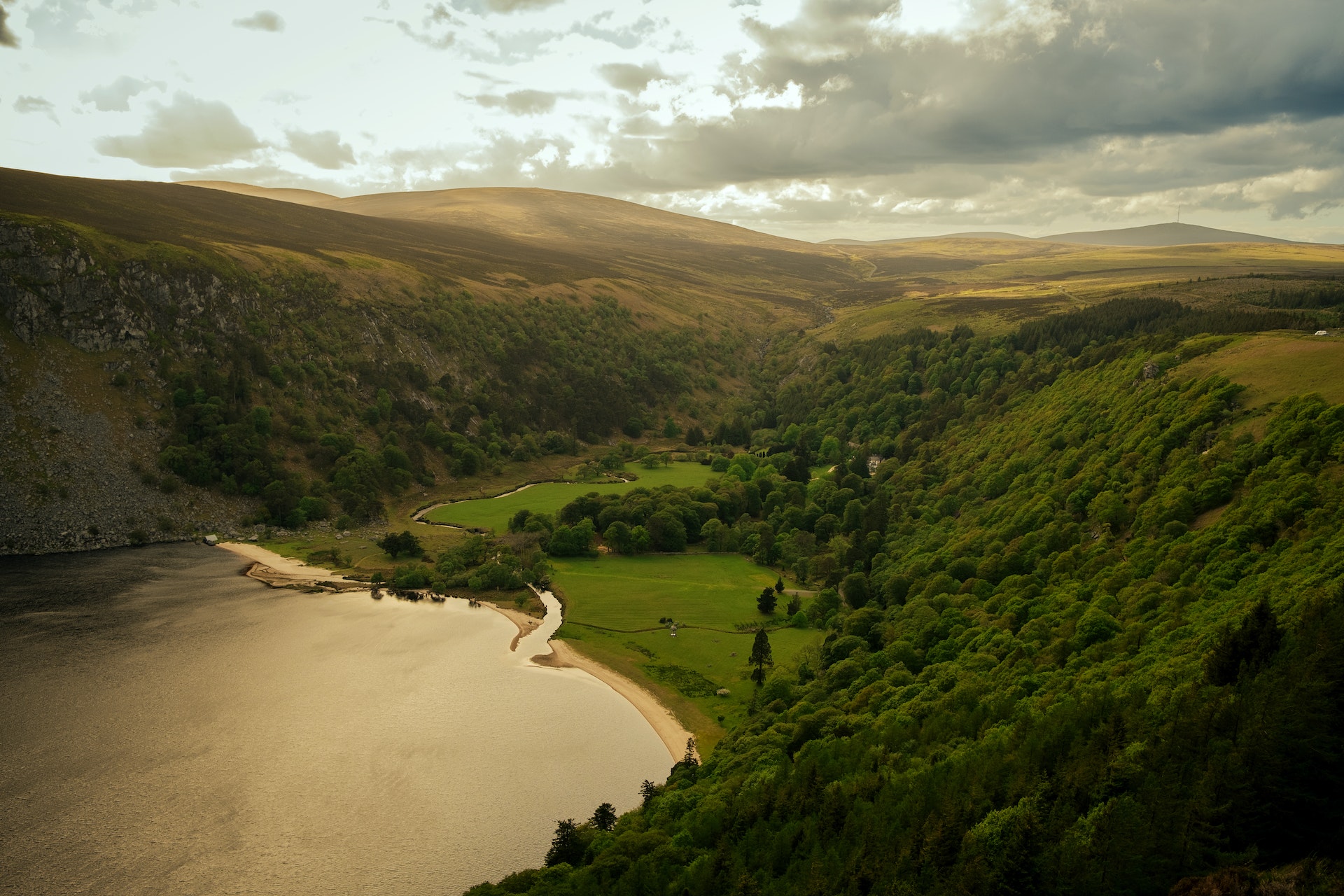
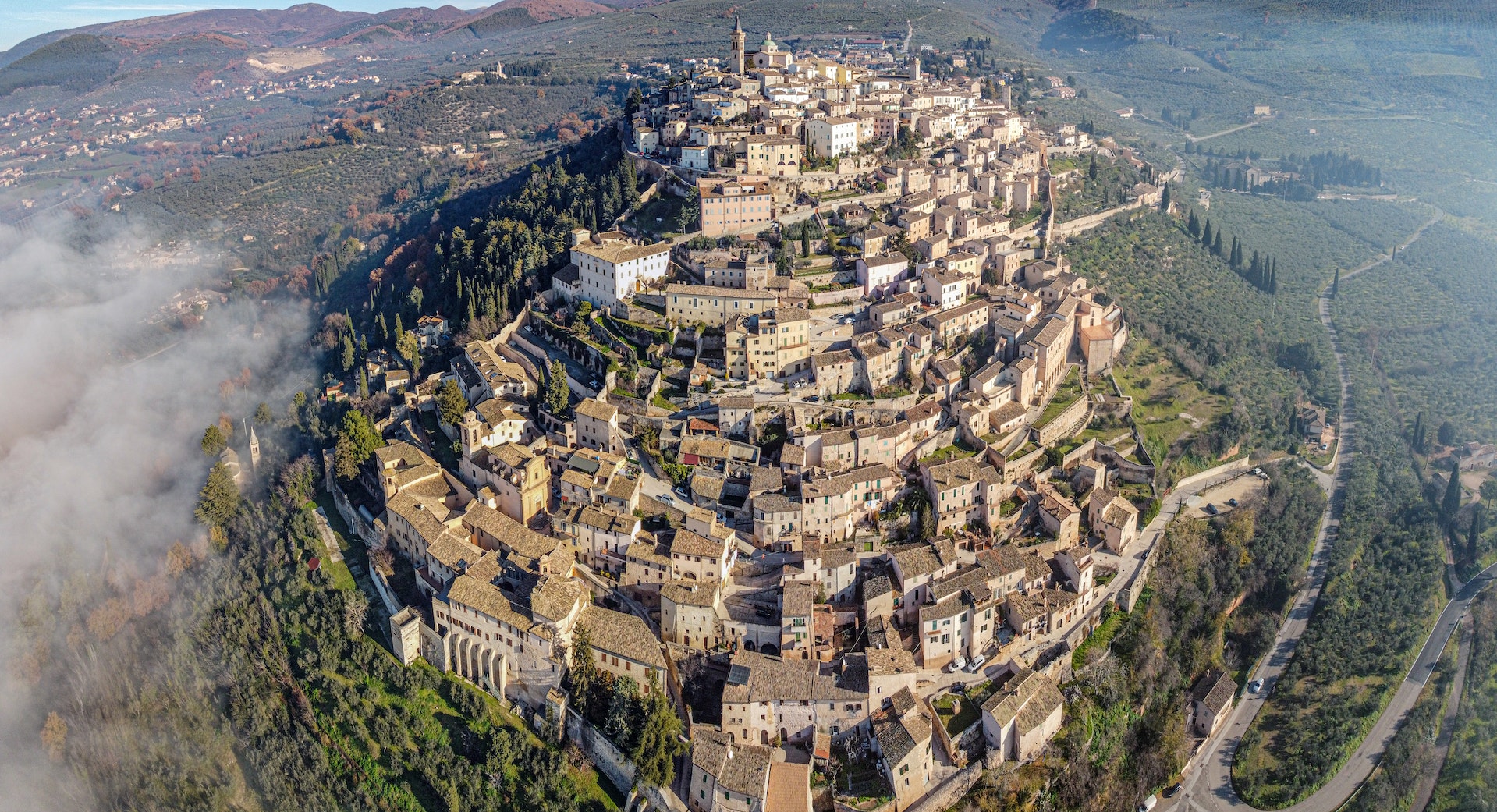
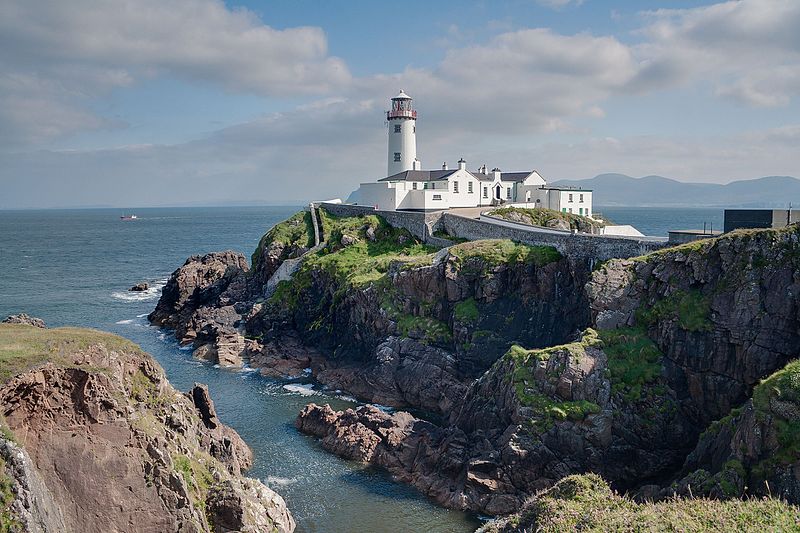
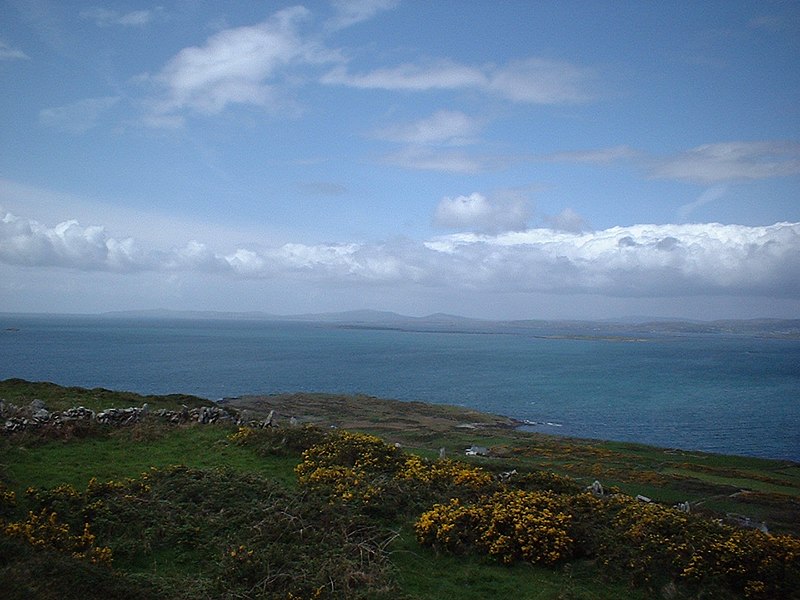
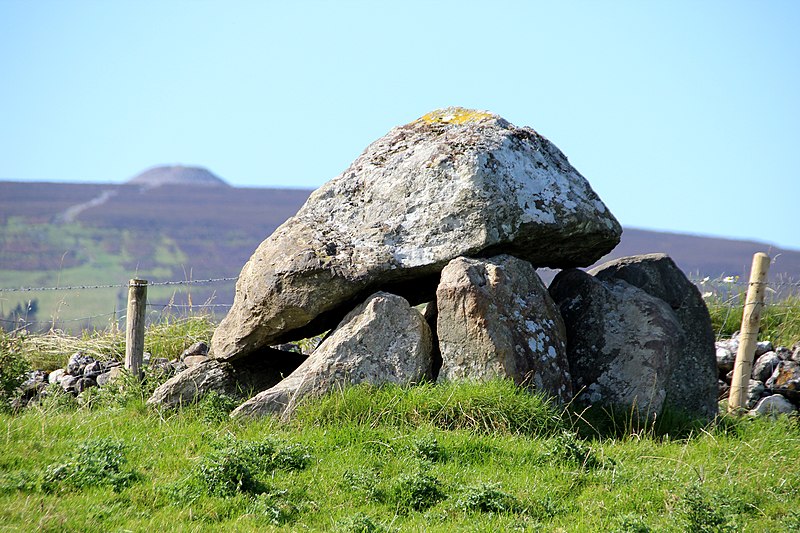
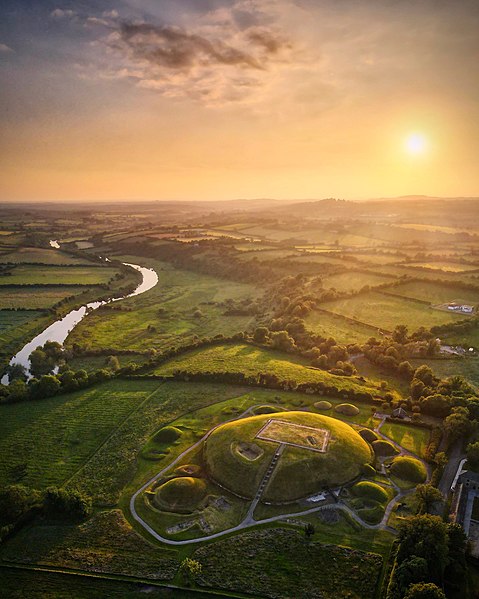
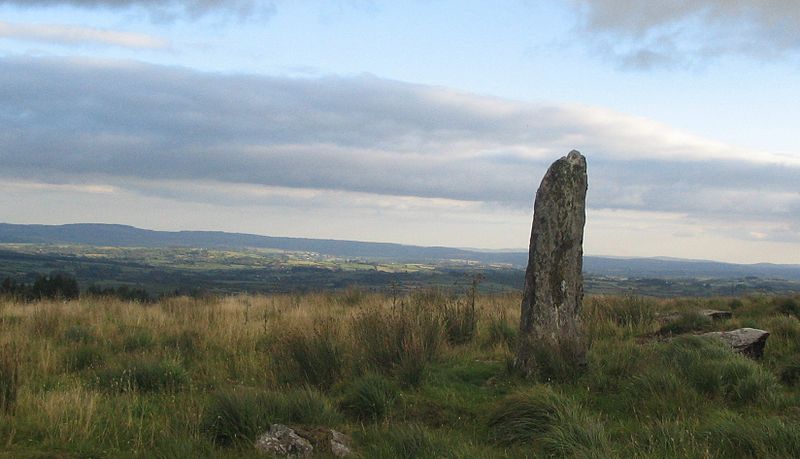
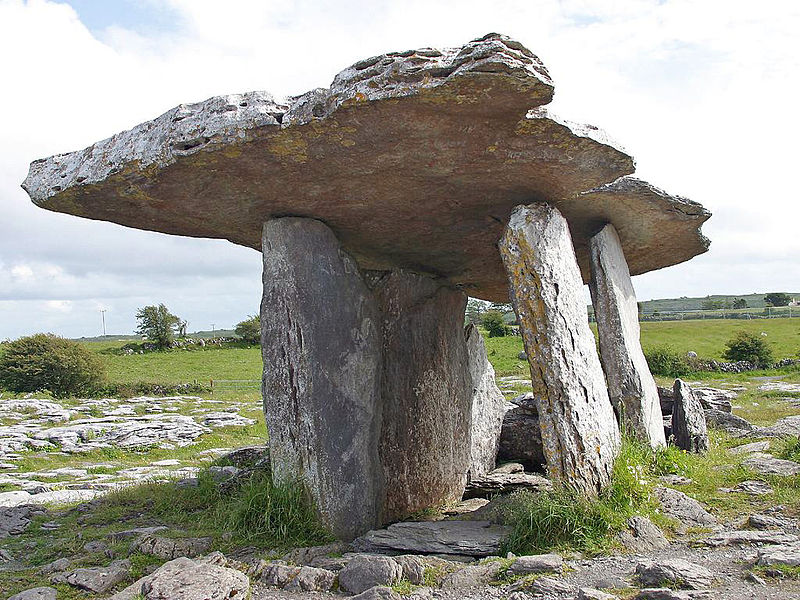
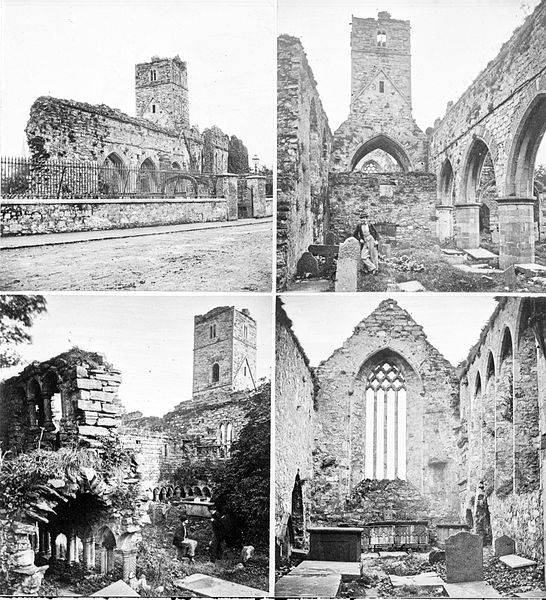
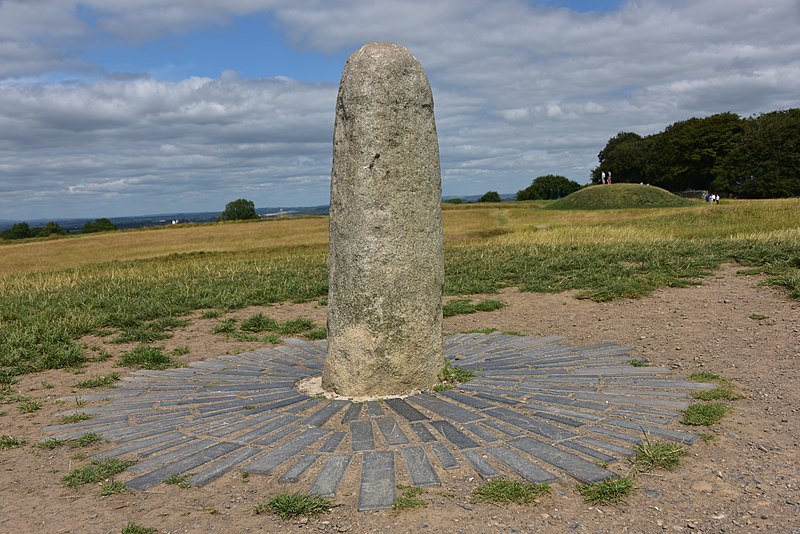

@Heritage and Geographical Sites
08-Jun-2023 12 am
08-Jun-2023 12 am
The focal point of the greater Navan Complex is the Navan Fort. Eamhain Mhacha, derived from the Old Irish Emain Macha, is the Irish name for Navan Fort. The second element alludes to the goddess Macha, in whose honour adjacent Armagh, also known as Ard Mhacha, is named. The overall meaning of the name is not apparent, nevertheless. There are legends that attempt to explain the origin of the name. Isamnion was a location that Greek explorer Ptolemy observed in southeast Ulster in the second century AD. Gregory Toner has derived this word from Proto-Celtic *isa-mon, which means holy mound, and some academics think it alludes to Emain. Some people think it refers to a location along the coast. In the townland of Navan, there thus is the State Care Historic Monument known as Navan Fort, also known as Navan Rath. Flint tools and pottery fragments indicate activity at the site between 4000 and 2500 BCE during the Neolithic. At the western site, where the high mound currently sits, a ring of timber poles was built in the eighth century BC, or the Bronze Age. On the same site, a new wooden structure was erected in the fourth century BC, or the Iron Age. Over the following centuries, the building underwent a number of reconstructions. On the same site, a sizable roundhouse-like structure made of timber was erected in the first century BC. The purpose of the ritual deed that resulted in the building of the mound is unknown, and there are several competing theories. The timber construction might have just been intended as a temporary structure to be burned, or it might have served as a temple for a short period of time before being destroyed ritualistically.
[Information and Image Credit : Navan_Fort, Wikipedia] [Wikipedia-Link : https://en.wikipedia.org/wiki/Navan_Fort ] [Image : View of Navan Fort from the outer bank with the 40-meter mound in the distance] [The work (Image) has been released into the public domain by its author, Jon Sullivan of http://pdphoto.org/ ] [Wikipedia-Source-Image-Link : https://en.wikipedia.org/wiki/File:Navan.jpg ]

